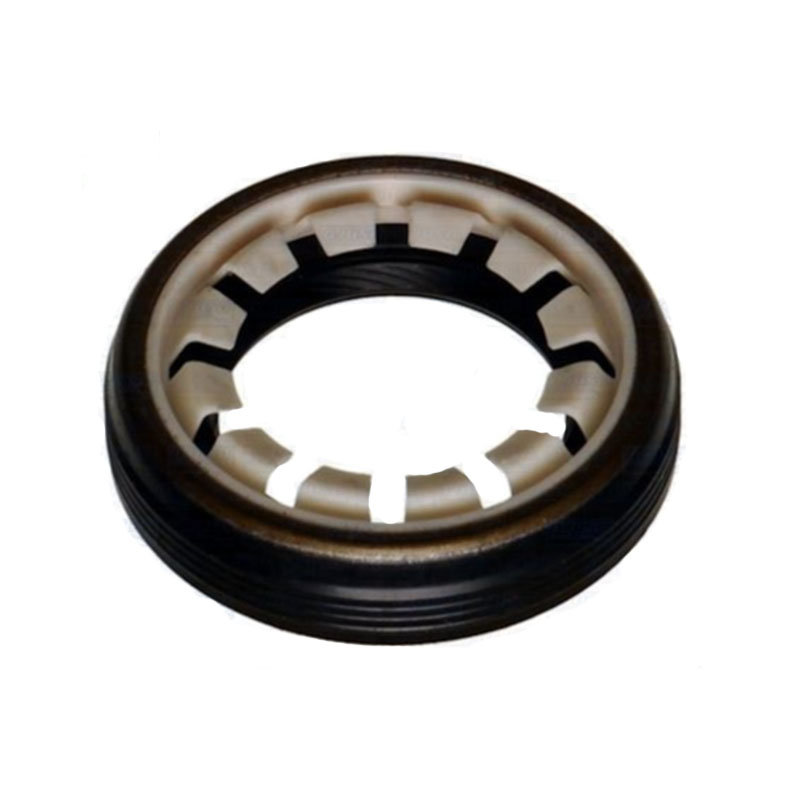Left Axle Seal Maintenance and Replacement Guide for Optimal Vehicle Performance
Understanding Left Axle Seal Importance, Symptoms, and Replacement
The left axle seal is an essential component in the drivetrain of many vehicles, playing a critical role in the overall functionality and longevity of the vehicle. Often overshadowed by larger, more visible parts, the axle seal is a little hero in your automobile, ensuring that fluids remain contained within critical areas of the drivetrain. In this article, we will explore the importance of the left axle seal, common symptoms of failure, and guidance on replacement.
Importance of the Left Axle Seal
The primary purpose of the left axle seal is to prevent the leakage of differential fluid, which lubricates the components of the axle and maintains a smooth operation. The axle is a part of the suspension system that connects the wheels to the vehicle. The seal ensures that the differential, a key component in distributing power to the wheels, remains properly lubricated. When the fluid levels drop due to sealing failure, it can cause increased friction, heat, and ultimately lead to severe damage to the differential and axle components.
Furthermore, the left axle seal helps keep contaminants such as dirt, water, and debris out of the differential housing. This is particularly important for vehicles that operate in harsh conditions. A compromised seal can lead to premature wear and tear on internal components, resulting in costly repairs.
Common Symptoms of Left Axle Seal Failure
Identifying the failure of a left axle seal early can save vehicle owners from significant repair costs and maintain vehicle safety
. Some common symptoms of a failing left axle seal include1. Fluid Leaks The most noticeable sign of a failing axle seal is the presence of lubricant oil on the ground underneath the left side of the vehicle. This fluid is typically dark and may have a distinct odor. A visible drip or puddle is often a clear indicator that the seal needs attention.
2. Whining or Grinding Noises A failing left axle seal can result in insufficient lubrication of the differential components. This may lead to grinding or whining noises while driving, particularly during turns. The sound is caused by increased friction and can escalate if not addressed.
3. Reduced Performance As the differential fluid level drops due to a leak, you may notice a decrease in vehicle performance. This can manifest as difficulty in turning or a feeling of instability, particularly on the left side of the vehicle.
4. Warning Lights In modern vehicles, the dashboard may illuminate a warning light indicating issues with the drivetrain or differential. If this light appears alongside any other symptoms, it is wise to inspect the axle seal.
Replacement of the Left Axle Seal
left axle seal

If a failing left axle seal is diagnosed, replacement is essential to restore the vehicle’s performance. Here’s a general overview of the replacement process
1. Gather Necessary Tools Before beginning the replacement, ensure you have the necessary tools, including wrenches, screwdrivers, a seal puller, and a torque wrench.
2. Place the Vehicle on Jack Stands Safety is paramount. Secure the vehicle on jack stands to access the axle assembly safely.
3. Remove the Wheel and Brake Components To access the axle assembly, remove the wheel and any brake components that obstruct access to the axle housing.
4. Drain the Differential Fluid Prior to seal replacement, drain the differential fluid to prevent spills during the removal process.
5. Remove the Old Seal Use a seal puller to carefully extract the old seal from the housing. Clean the area thoroughly to prepare for the new seal.
6. Install the New Seal Align the new seal properly and gently tap it into place using a designated tool or a block of wood to ensure even pressure.
7. Reassemble Components After installing the new seal, reassemble the brake components, wheel, and refill the differential fluid.
8. Test Drive Once everything is in place, take the vehicle for a test drive to ensure that there are no leaks and that everything functions smoothly.
Conclusion
The left axle seal may be a small component, but its importance in maintaining the vehicle’s performance cannot be overstated. By understanding its role, recognizing the symptoms of failure, and knowing how to replace it, vehicle owners can ensure the longevity and reliability of their automobiles. Regular maintenance and prompt attention to any irregularities will go a long way in preserving the integrity of the vehicle's drivetrain.
-
Understanding the Front Main Engine Seal: Purpose, Maintenance, and Installation
News Jul.29,2025
-
Understanding O-Rings and Seal Rings: Types, Applications, and Custom Solutions
News Jul.29,2025
-
Understanding Crankshaft Oil Seals: Rear Seals, Pulley Seals, and Their Role in Engine Integrity
News Jul.29,2025
-
The Importance of Front and Rear Crankshaft Seals in Engine Performance and Oil Management
News Jul.29,2025
-
Crank Oil Seals: Functions, Types, and Cost Considerations in Engine Maintenance
News Jul.29,2025
-
A Comprehensive Guide to O-Rings and Seals: Types, Materials, and Global Applications
News Jul.29,2025
-
Mastering Diesel and Performance Engine Maintenance: A Guide to Critical Oil Gaskets
News Jul.28,2025
Products categories















